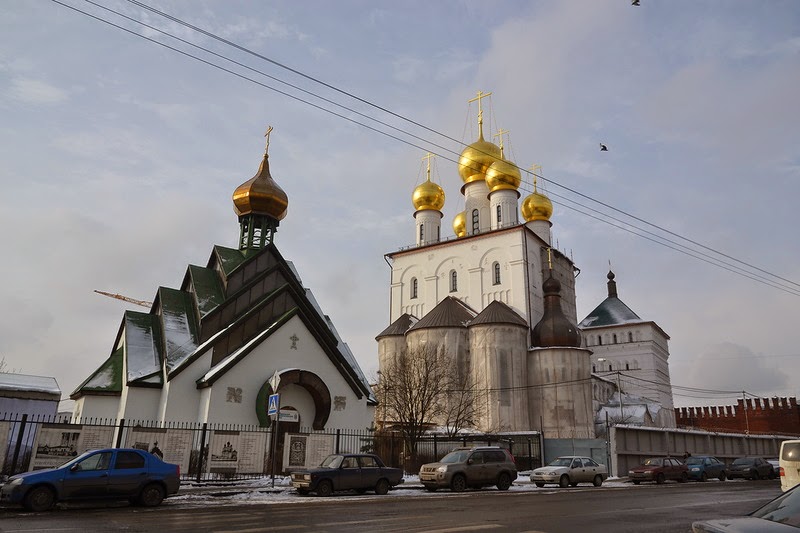The site at the intersection of Nevsky Prospekt and the Griboedov
Canal, opposite Kazan Cathedral, was the location of the riding school
of Duke Ernst Johann von Biron, the powerful favourite of Empress Anna.
When this building burnt down, it was replaced by three-storey
residential building, where St. Petersburg's first photographer, Sergey
Levitskiy, had his workshops in the 1850s. In 1902, the plot of land was
bought for a million rubles by Singer Manufacturing Company, the
world-famous maker of sewing machines.
The company wanted a building similar to the skyscraper that was then being constructed for them in New York. However, St. Petersburg's strict building codes dictated that no building could be higher than 23.5 meters at the cornice. Despite these limitations, the architect Pavel Syuzor managed to create a supremely elegant building that captured the spirit of the age, and featured a number of technological innovations. It was the first building in St. Petersburg to use a metal frame, which made possible the huge windows on the ground floor. Another first for St. Petersburg was the glass-roofed atrium, and the building was equipped with the latest lifts, heating and air-conditioning and an automatic system for clearing snow from the roof.
The company wanted a building similar to the skyscraper that was then being constructed for them in New York. However, St. Petersburg's strict building codes dictated that no building could be higher than 23.5 meters at the cornice. Despite these limitations, the architect Pavel Syuzor managed to create a supremely elegant building that captured the spirit of the age, and featured a number of technological innovations. It was the first building in St. Petersburg to use a metal frame, which made possible the huge windows on the ground floor. Another first for St. Petersburg was the glass-roofed atrium, and the building was equipped with the latest lifts, heating and air-conditioning and an automatic system for clearing snow from the roof.





















































